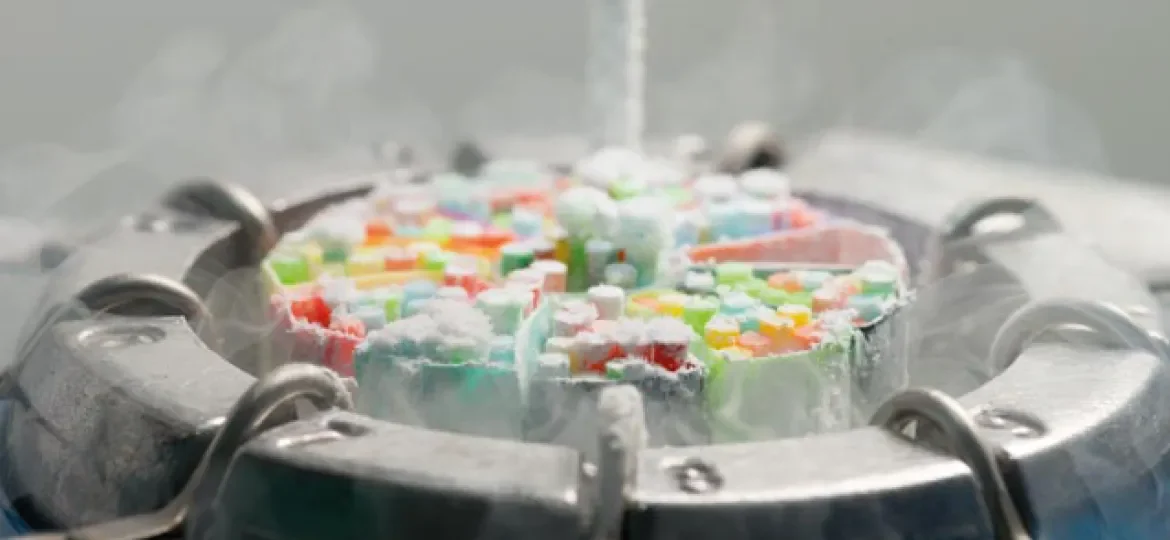
Gametes and pre-embryos cryopreservation have significantly progressed in the last decade. The possibility of cryopreserving oocytes with optimal results in survival, fertilization and subsequent embryonic development, has opened the doors to donor oocytes banks so that these extremely important cells are available to all patients who need them, without reducing the chances of success offered by treatments with fresh donor oocytes.
Cryopreserved donor oocytes offer a wide range of possibilities and are suitable for the development of embryos that need to be submitted to Genetic Aneuploidy Screening (PGS/PGT-A).
As a matter of fact, at our laboratories the use of cryopreserved donor oocytes is a standard procedure carried out on a daily basis with high survival rates, fertilization and percentage of embryos reaching blastocyst stage.
Many patients who access egg donation require a preimplantation genetic diagnosis for different reasons, including those related to male factors.
Several studies report that the structural changes in the oocyte, during the vitrification/devitrification process, can alter its chromosomal segregation features, increasing the chances of developing embryos with aneuploidies.
Our laboratories have analyzed the results of embryos generated from fresh and devitrified oocytes which have been Biopsied and subjected to PGS using NGS.
The results showed no statistically significant differences on rate of chromosomal abnormalities (aneuploidy) in embryos generated from vitrified/devitrified oocytes versus fresh oocytes.
It is therefore extremely encouraging that vitrified donor oocytes can be available worldwide for any type of treatment and that they offer similar or comparable chances of success in comparison with the use of fresh donor oocytes: this enables an access to Egg Donation – PGS to any patient who needs it.











